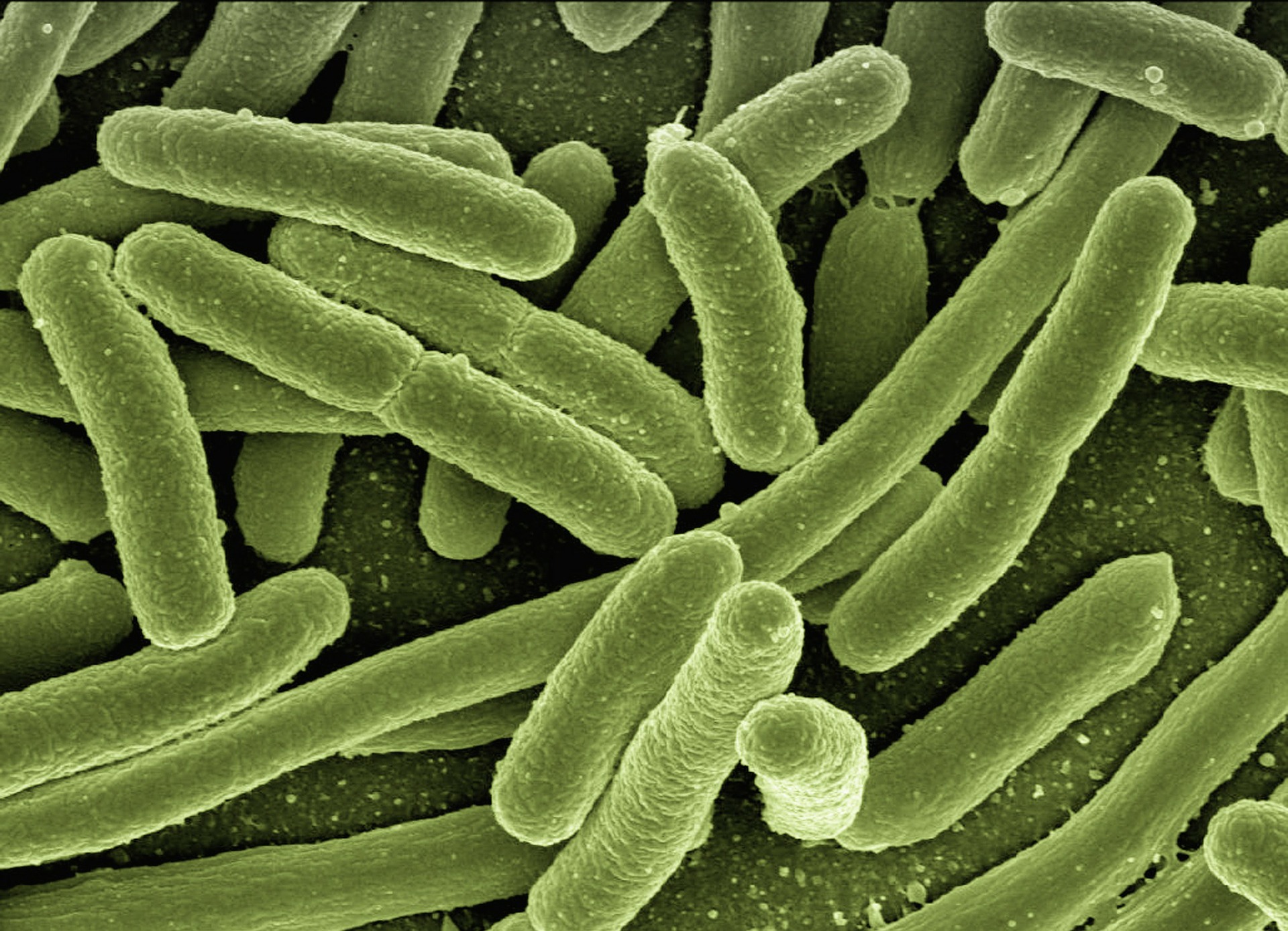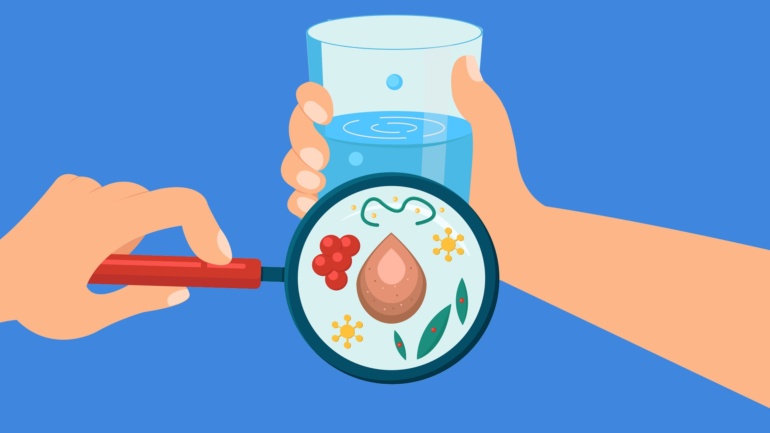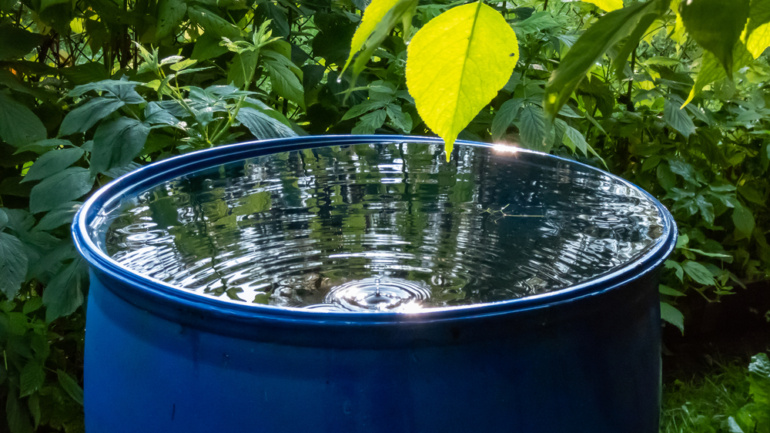By Erin Fee, Staff Writer & Researcher for Save The Water™ | February 3, 2018
In today’s world of supermarkets filled year-round with a diverse array of fruits and vegetables, it is easy to forget where our fresh produce comes from. The two United States E. coli outbreaks of 2018 were a startling reminder. In the spring and fall of last year, stores and restaurants pulled romaine lettuce from their shelves and menus because it was potentially carrying the dangerous E. coli bacteria. According to the U.S. Centers for Disease Control and Prevention (CDC), the June outbreak infected a reported 210 people. Of these, 96 were hospitalized, 27 developed kidney failure, and five died of their illness.1 The latest outbreak infected 62 people from October 7 to December 4, with 25 hospitalizations and no deaths.2
How did not just one, but two romaine lettuce outbreaks happen last year? Investigations are ongoing, but the number one suspect is waste-filled water.
Finding the Source
The CDC and the U.S. Food and Drug Administration (FDA) used whole genome sequencing to trace the outbreaks back to their origins. Whole genome sequencing allows scientists to read the unique DNA of germs, a process not unlike reading fingerprints at the scene of a crime. The more similar germs’ DNA is to each other, the more likely it is that they came from the same source.3
These tests indicated that June’s E. coli outbreak came from canal water in the Yucca, Arizona, growing region. The second outbreak was traced back to an agricultural water reservoir in California’s central coastal region.3 This water could have contaminated the lettuce when farmers used it to irrigate their crops and dilute pesticides.
But how did E. coli get into the water in the first place? Investigators have found a likely answer: the canal in Yucca is located near a concentrated animal feeding operation. Concentrated animal feeding operations keep large amounts of livestock (for example, 1,000 or more beef cattle) in a comparatively small area of land.4 Such places produce huge amounts of waste, and it is very possible that some found its way into the canal. Animal waste happens to be a major source of E. coli.5
As for the water in California’s coastal region, the ultimate source of the E. coli is still under heavy investigation.
What Can You Do?
The FDA has recently made an agreement with grower-shippers to label their romaine lettuce with the region where they were grown and the harvest date. This makes it easier to identify and remove contaminated produce.6 In terms of prevention, we hope that the results from the current investigations will prompt effective action to prevent potential sources of disease from tainting agricultural water supplies.
In the meantime, we recommend the following actions to minimize the risk of contracting E. coli from food:
- Purchase lettuce that is labeled with a growing region and harvest date. Therefore, in the case of a future outbreak, you will be able to quickly determine if you are at risk.7
- Avoid foods that have an exceptionally high chance of carrying E. coli. This includes undercooked ground beef, unpasteurized milk and juice, cheese made from unpasteurized milk, and (sadly) raw cookie dough.8
- Wash your hands before preparing food.
- Wash your hands after diapering infants or interacting with livestock animals and/or their environment and supplies.8
- Prepare raw meat separately from fruits and vegetables.2
- Do not drink untreated water or swim in contaminated areas.8
References
- Center for Disease Control. June 28, 2018. “Multistate outbreak of E. coli 0157:H7 infections linked to romaine lettuce (final update).” https://www.cdc.gov/ecoli/2018/o157h7-04-18/index.html
- Center for Disease Control. January 9, 2019. “Outbreak of E.coli infections linked to romaine lettuce.” https://www.cdc.gov/ecoli/2018/o157h7-11-18/index.html
- Center for Disease Control. “Whole genome sequencing.” https://bit.ly/2WtJiLQ
- United States Department of Agriculture. “Animal feeding operations (AFO) and concentrated animal feeding operations (CAFO).” https://bit.ly/2g7Hwxa
- Zlati Meyer. August 8, 2018. “Large cattle farm may have caused romaine lettuce E. coli outbreak.” USA Today, CNBC. https://cnb.cx/2WtJTx4
- National Law Review. January 14, 2019. “CDC declares end to latest E. coli outbreak linked to romaine.” https://bit.ly/2Uy98N2
- U.S. Food & Drug Administration. January 9, 2019. “FDA continues investigation into source of E. coli 0157:H7 outbreak linked to romaine lettuce grown in CA; CDC reports end to associated illnesses.” https://bit.ly/2HIvjhN
- Foodsafety.gov. “E. coli.” https://www.foodsafety.gov/poisoning/causes/bacteriaviruses/ecoli/index.html





